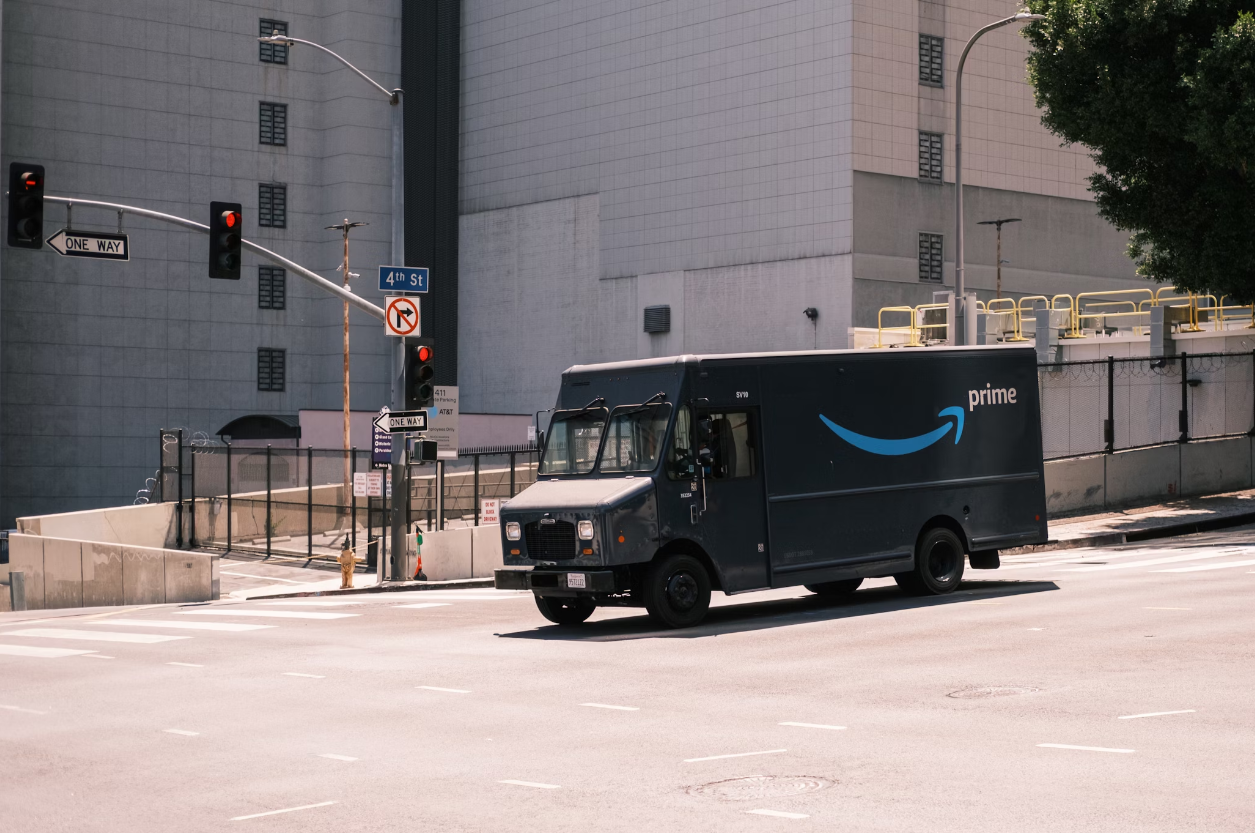
What is Dynamic Pricing?
Dynamic pricing, often referred to as surge pricing or demand pricing, is a pricing strategy where businesses adjust the prices of their products or services in real time based on a variety of factors. These factors can include demand and supply conditions, customer behavior, competition, and other market dynamics. Dynamic pricing aims to find the optimal price point that maximizes profit while remaining competitive.

Understanding Amazon’s Dynamic Pricing
Amazon’s dynamic pricing strategy is one of the most sophisticated and effective implementations of this pricing model. It leverages advanced algorithms and constantly changing data to fine-tune prices for products across its vast marketplace. Here, we will explore some of the key elements involved in Amazon’s dynamic pricing model.
Key Factors in Amazon’s Dynamic Pricing

Demand and Supply Conditions: Amazon constantly monitors the demand and supply of products. When a product is in high demand and low supply, its price may increase to reflect its scarcity. Conversely, prices can drop when supply is high, promoting sales.
Time of Purchase: The time of purchase can significantly impact the price you see. Prices may fluctuate throughout the day, with some products being cheaper during specific times.
Customer Segmentation: Amazon employs personalized pricing to some extent, offering different prices to different customer segments. For instance, Prime members may see different prices than non-Prime members.
Competition: Amazon takes into account the prices of competitors. If a rival offers a lower price for the same product, Amazon might reduce its price to remain competitive.
Consumer Behavior: Amazon analyzes consumer behavior data to predict and influence purchasing decisions. For example, it may use dynamic pricing to encourage impulse purchases or upselling.
Dynamic Pricing Software Tools
To execute dynamic pricing effectively, Amazon uses a range of sophisticated software tools. These tools continuously collect data, analyze market conditions, and adjust prices accordingly. Such software enables Amazon to stay competitive and maximize profits in real-time, creating a dynamic shopping experience for consumers.
Price Glance: dynamic pricing and automated price management tool
Price Glance is one of the powerful dynamic pricing tools that allows businesses and retailers to customize and automatically adjust product prices. This tool employs complex algorithms to monitor market fluctuations and alter product prices based on several critical factors. Price Glance helps businesses gain a deeper understanding of how to adapt to changes in supply and demand, competition, and timing to ensure they offer optimal pricing and maintain competitiveness in an increasingly competitive online market. This tool not only assists in efficiently managing product prices but also provides detailed insights into how dynamic pricing can impact consumer shopping choices. Price Glance aids in maximizing profits and optimizing business operations in the ever-evolving landscape of e-commerce.

Conclusion
Amazon’s dynamic pricing strategy is a powerful force that shapes the way consumers shop online. It impacts consumer behavior by influencing purchase decisions, altering shopping habits, and reshaping perceptions of product value. Understanding Amazon’s dynamic pricing model and the key factors at play can help consumers make informed purchasing decisions and assist businesses in adapting to the ever-evolving e-commerce landscape. Dynamic pricing is a fascinating glimpse into the future of retail, where algorithms and data drive pricing strategies to meet the ever-changing demands of consumers and the market.
